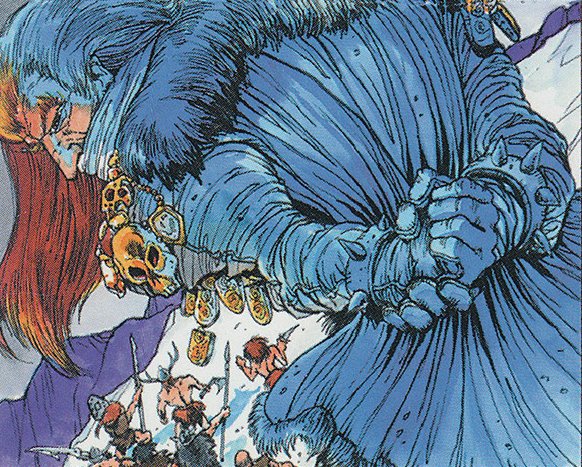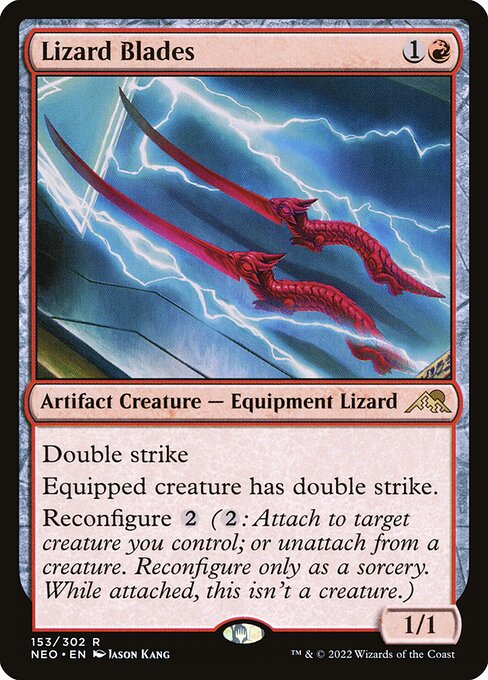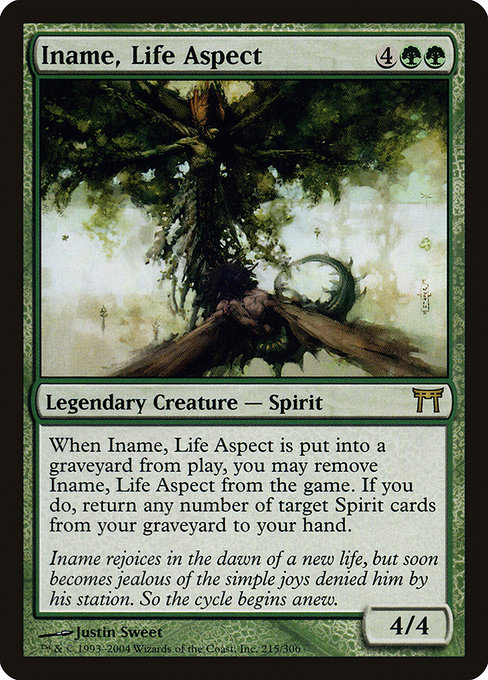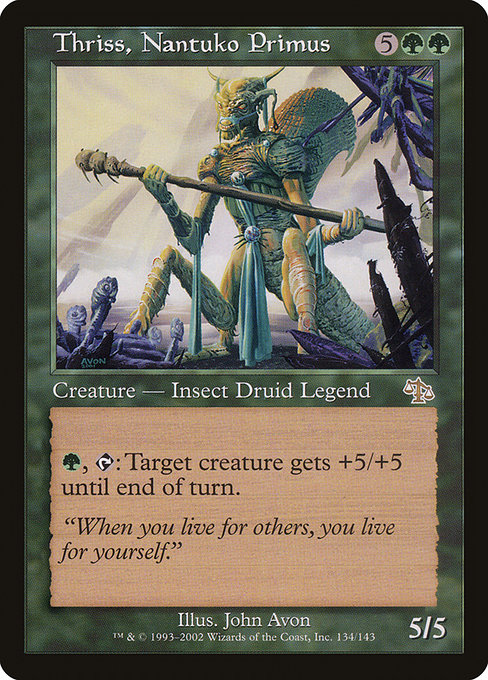Deck & Commander Strategies

Iname, Life Aspect
A mono-green spirit and aristocrats deck that uses +1/+1 counters and land tutoring to develop board presence and ramp, aiming to outvalue opponents through incremental creature growth and land advantage.

Thriss, Nantuko Primus
A creature pump and attack-focused deck that aims to leverage Thriss’s ability to boost creatures and apply pressure through combat, transforming the usually passive deck into an aggressive threat.

Lady Orca
A Voltron-style deck that attempts to capitalize on Lady Orca’s high power to deal damage, despite a general lack of synergistic support cards, relying on raw stats and equipment to win fights.

General Jarkeld
A mono-red combat shenanigans deck centered on disrupting combat interactions by swapping blockers after blockers are declared, combined with old, spicy cards to create tactical advantages during combat.
Gameplay Insights
- 1
Using Restoration of Ganjo repeatedly to put lands into play tapped created a steady ramp engine that helped offset early mana shortages.
- 2
Scholar of Lost Horizons provided flexible ramp by transferring counters to fetch lands but required other players to ramp for maximum efficiency, which was not consistently supported.
- 3
General Jarkeld’s blocker swapping ability introduced a unique form of combat interaction that could disrupt opponents' attacks and block assignments, adding a layer of tactical complexity.
- 4
The lack of strong removal and limited ramp across the table slowed the game and kept the pace methodical, emphasizing incremental advantages over explosive plays.
- 5
Players leveraged quirky synergy and incremental value rather than classic powerful combos, highlighting the challenge of making less-than-optimal commanders competitive.
Notable Cards
-

Lizard Blades
Gameplay Summary
The game began with all players piloting underwhelming legendary commanders, each trying to make their unique, often weak, decks work in a multiplayer Commander setting.
Early turns involved cautious ramping and board development, with Iname leveraging spirit and land synergy to generate incremental value through +1/+1 counters and land tutoring.
Thriss, Nantuko Primus aimed to pump creatures and attack, while Lady Orca sought to capitalize on her unusual Voltron potential despite limited synergy.
General Jarkeld's deck focused on combat shenanigans and controlling blockers, bringing a fresh tactical layer to the battlefield. Key turning points included the use of Restoration of Ganjo to repeatedly bring lands into play tapped for ramp, enabling consistent mana growth.
The Scholar of Lost Horizons synergized with this strategy by moving counters and fetching lands, though the group’s overall lack of early ramp hindered explosive growth.
General Jarkeld's ability to swap blockers mid-combat introduced tactical disruption, complicating combat decisions and protecting its controller.
The game featured incremental board state improvements and small skirmishes rather than explosive combos, reflecting the commanders' naturally low power levels.
Ultimately, the gameplay revolved around leveraging each commander’s quirky strengths and making the most of limited synergies to slowly gain board control.
















